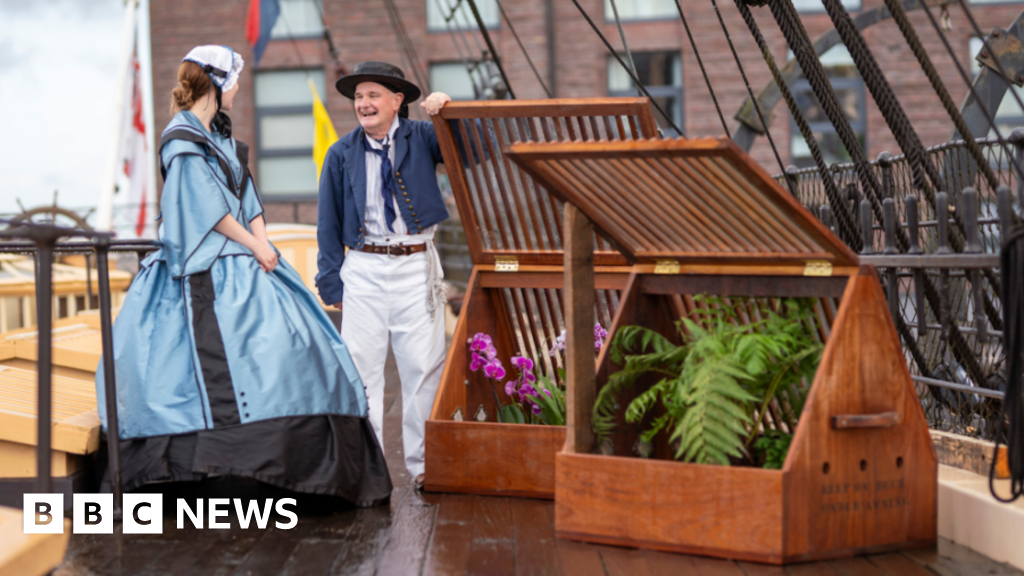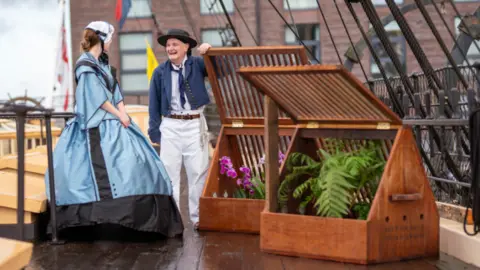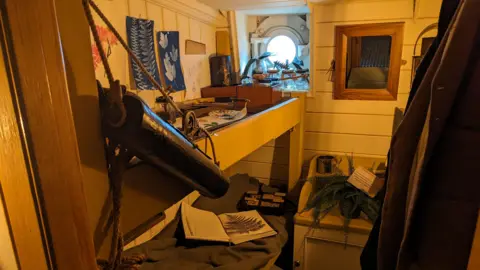Football
First tropical plants return to SS Great Britain in 150 years

By Richard Lawson, BBC News, West of England
 SS Great Britain Trust
SS Great Britain TrustTropical plants that were once transported on board the SS Great Britain have returned to the Bristol-based ship, for the first time in more than a century.
The weather deck now features replica mini greenhouses or Wardian cases that were adapted in the Victorian era to transport living plants.
Along with the transportation of ferns, which became incredibly popular, the cases also carried orchids, which could command huge prices at the time.
The trust that runs the ship has also launched a new cabin in tribute to a well known nurseryman who travelled on board.
 SS Great Britain Trust
SS Great Britain TrustThe SS Great Britain played a crucial role in ‘fern fever’, that gripped the country and became a status symbol for wealthy families.
The modern-day cases are replicas of the last surviving designs which are kept in the Kew Gardens archive.
Head of Interpretation at the SS Great Britain, Iona Keen, said: “Visitors can immerse themselves in the untold botanical story of Brunel’s famous ship and offer a fascinating insight into the floral favourites of the Victorians”.

To coincide with this new exhibition, the trust is also holding botany-themed discovery talks, horticultural workshops and has launched the new Thomas Lang Cabin.
He was a successful nurseryman of the time and the cabin depicts the sights, sounds and smells of life onboard and highlights the important work and research of Victorian botanists.
As the fastest ship travelling to Australia in her day, many traders including nursery workers, plant-hunters and botanists used the vessel to transport their precious cargo across long distances.
Antipodean ferns and tree ferns, which were hugely popular in the conservatories and glass houses of Victorian Britain, were also transported on the ship.











